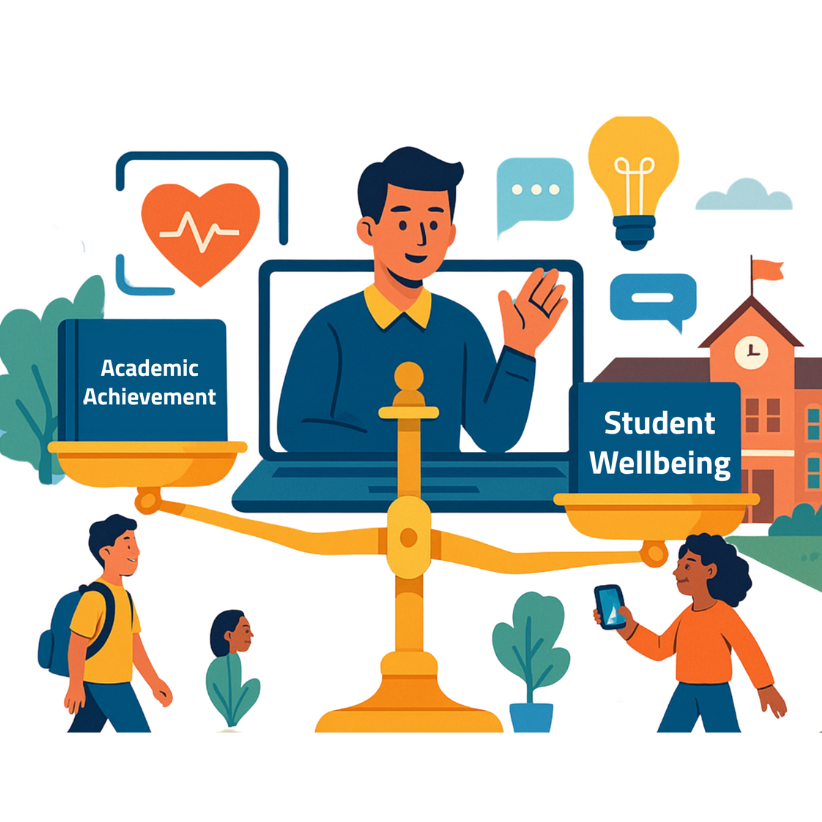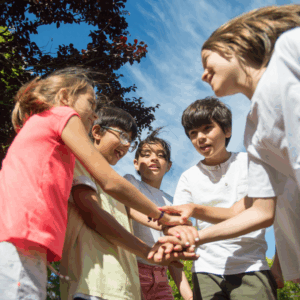
In today’s fast-paced world, student wellbeing has become just as important as academic achievement. Schools have never been just places of learning, they are environments that shape students’ emotional, wellbeing, and social development. As education continues to evolve, technology is playing a critical role in bridging the gap between academic performance and student wellbeing, creating a more holistic approach to learning.
A New Approach to Learning and Wellbeing
At Obelus, we believe that academic success and student wellbeing go hand in hand. Our interactive learning platforms, such as BOOKR Class, Twin Science, and Matific, are designed to make education engaging and accessible, helping students develop essential skills in reading, STEAM, and mathematics. However, learning is most effective when students feel supported, confident, and emotionally balanced. That’s where wellbeing-focused solutions come in.
Through innovative programs like PASS, Bounce Together, and Amazing People Schools, schools can proactively monitor and improve students’ emotional and social wellbeing. By using technology to assess engagement levels, provide real-time feedback, and deliver personalized wellbeing support, educators can create learning environments where students thrive both academically and personally.

Personalized Support Through Data and Insights
One of the greatest advantages of technology is its ability to provide valuable insights into student needs. Digital platforms enable schools to track students’ progress and emotional wellbeing, allowing educators to identify challenges early and offer targeted support.
For example, PASS uses psychometric assessments to measure students’ attitudes toward learning and school life, helping teachers implement personalized interventions. Similarly, Bounce Together provides tools to monitor student wellbeing trends, ensuring that wellbeing remains a priority at every stage of the learning journey.

Technology also fosters a sense of community and inclusion within schools. Digital storytelling, interactive learning experiences, and AI-driven tools help students express themselves, build resilience, and develop social-emotional skills. Programs like Amazing People Schools use real-life stories to inspire students, teaching them the values of empathy, courage, and leadership.
By integrating technology into both academic and wellbeing strategies, schools can create a culture that nurtures the whole student, empowering them with the skills, knowledge, and emotional resilience needed to succeed.





